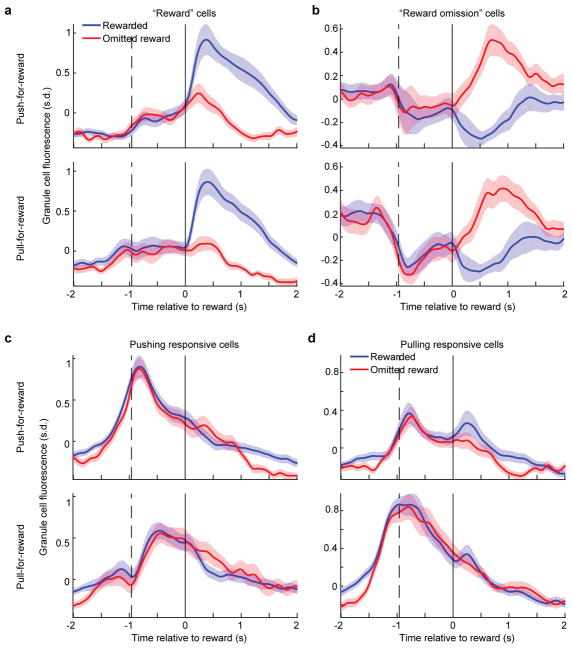Extended Data Fig. 6. Granule cell responses in alternate push-for-reward and pull-for-reward trials.
a,b, We identified reward (a) and reward omission cells (b) based only on push-for-reward trials and computed their average response (top). We then computed the average response of these same cells on pull-for-reward trials (bottom) and found they were highly preserved (n = 23 reward omission and 30 reward cells from 4 mice). c,d, For comparison, we identified cells that responded to forelimb movement based only on push-for-reward trials (n = 25 pushing cells) and computed their average response (c, top). We then compared this to the average response of these cells on pull-for-reward trials (c, bottom) and found it was substantially weaker. Similarly, when we identified cells responsive to forelimb motion based only on pulling trials (d, bottom, n = 42 pulling cells) the response of these cells on pushing trials (top) was substantially weaker. This indicates that movement responses (c,d) are substantially less generalized across sensorimotor contexts than reward signaling (a,b). Dashed vertical lines indicate average time of forelimb pushing or pulling movement midpoint, solid line denotes time of reward.

